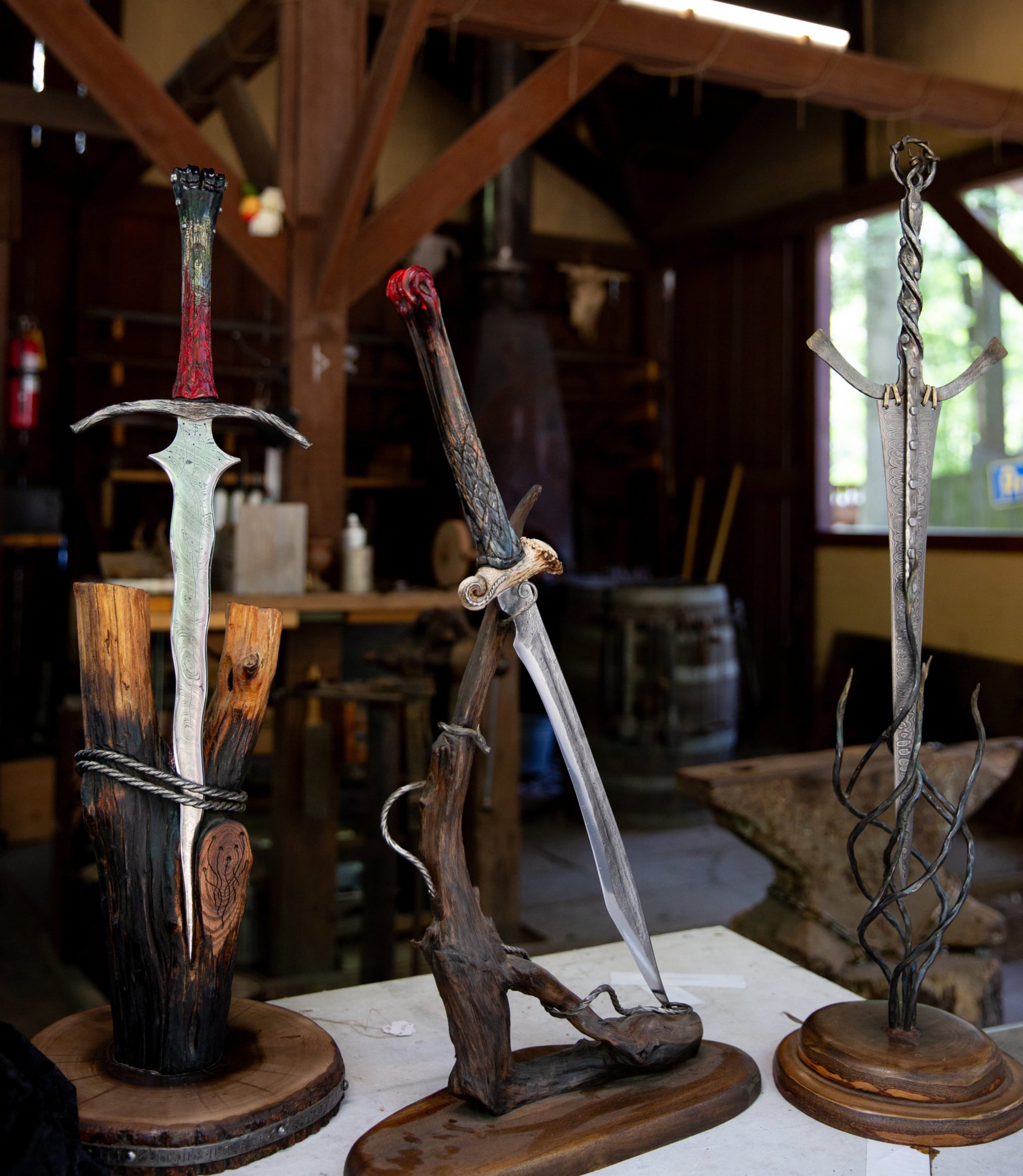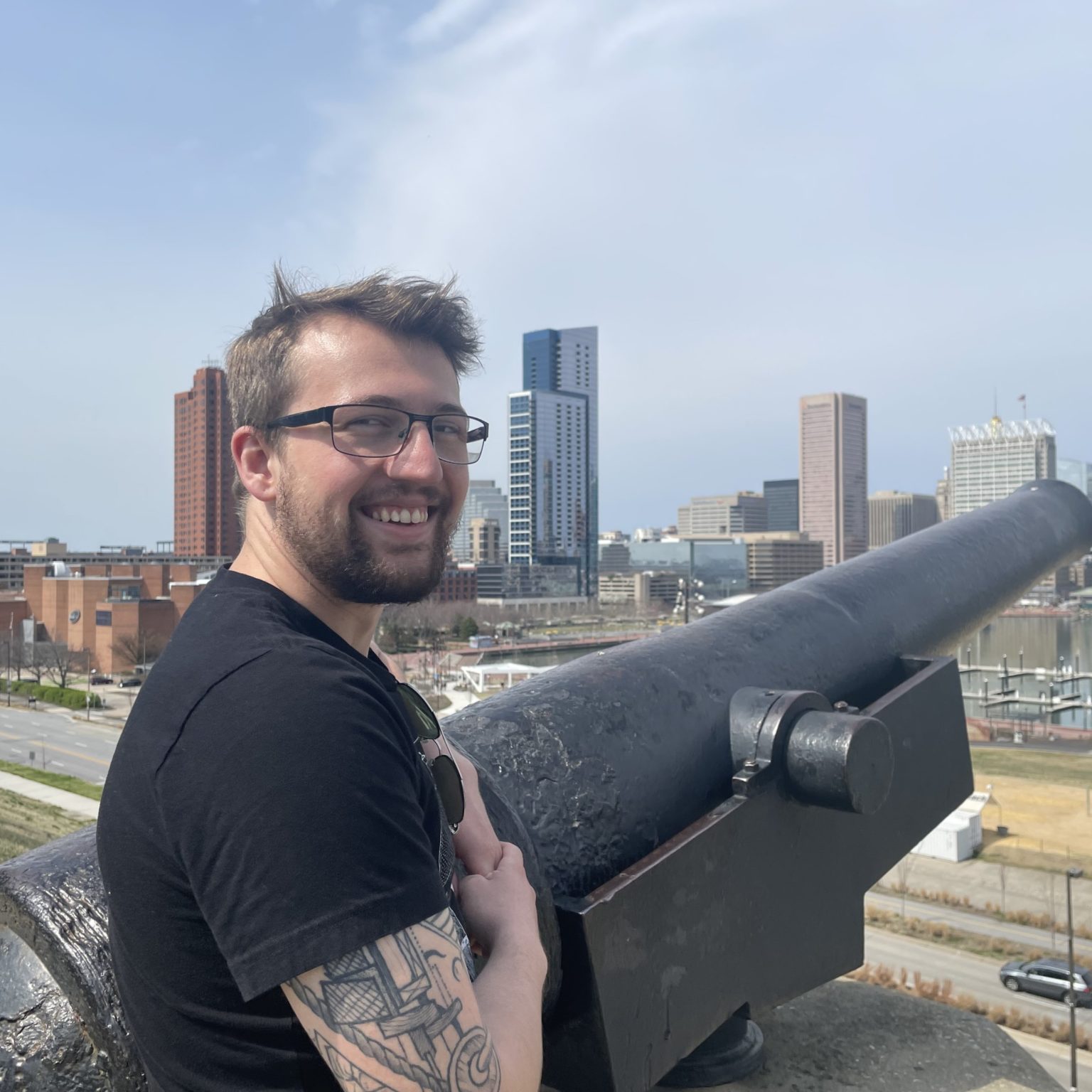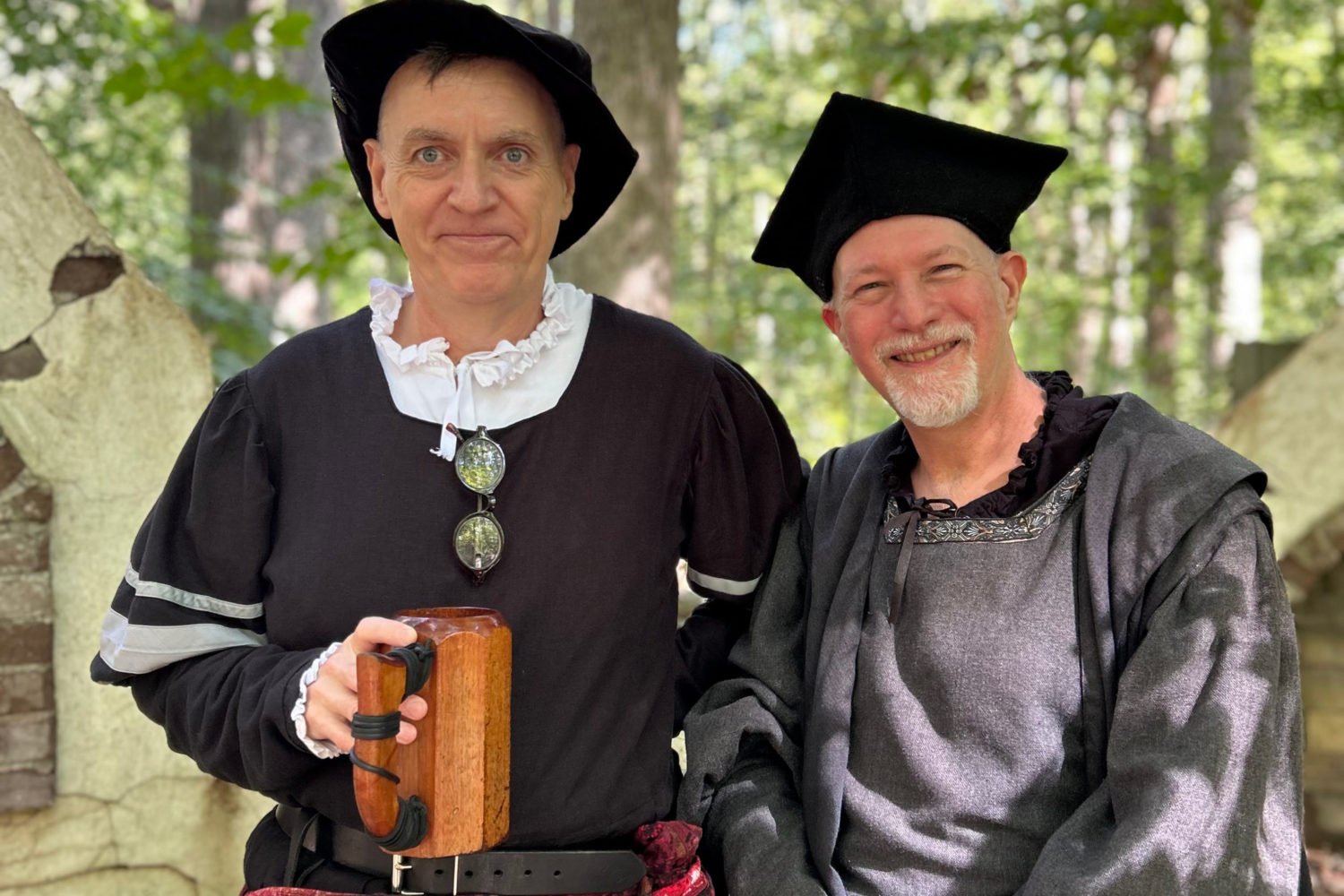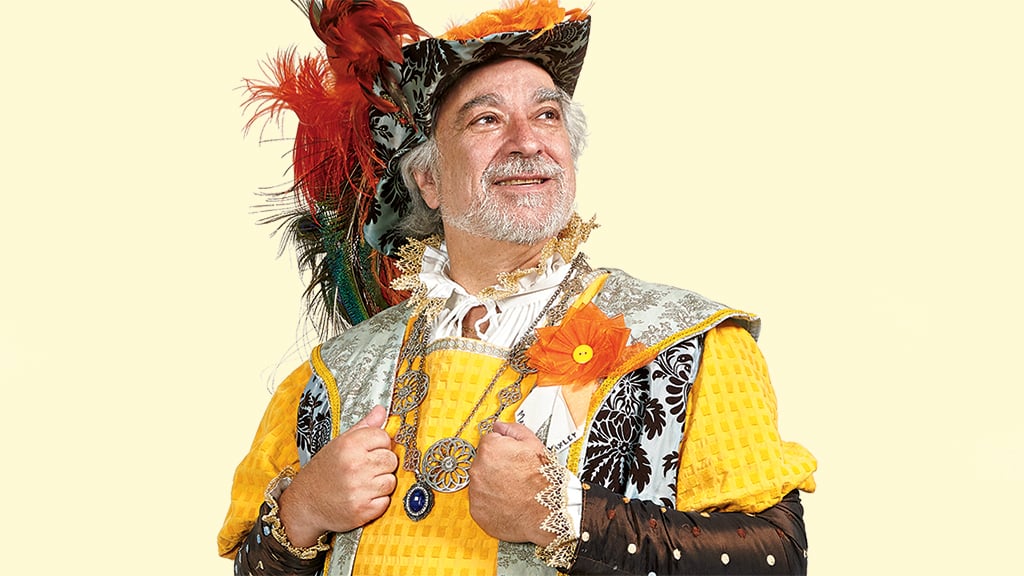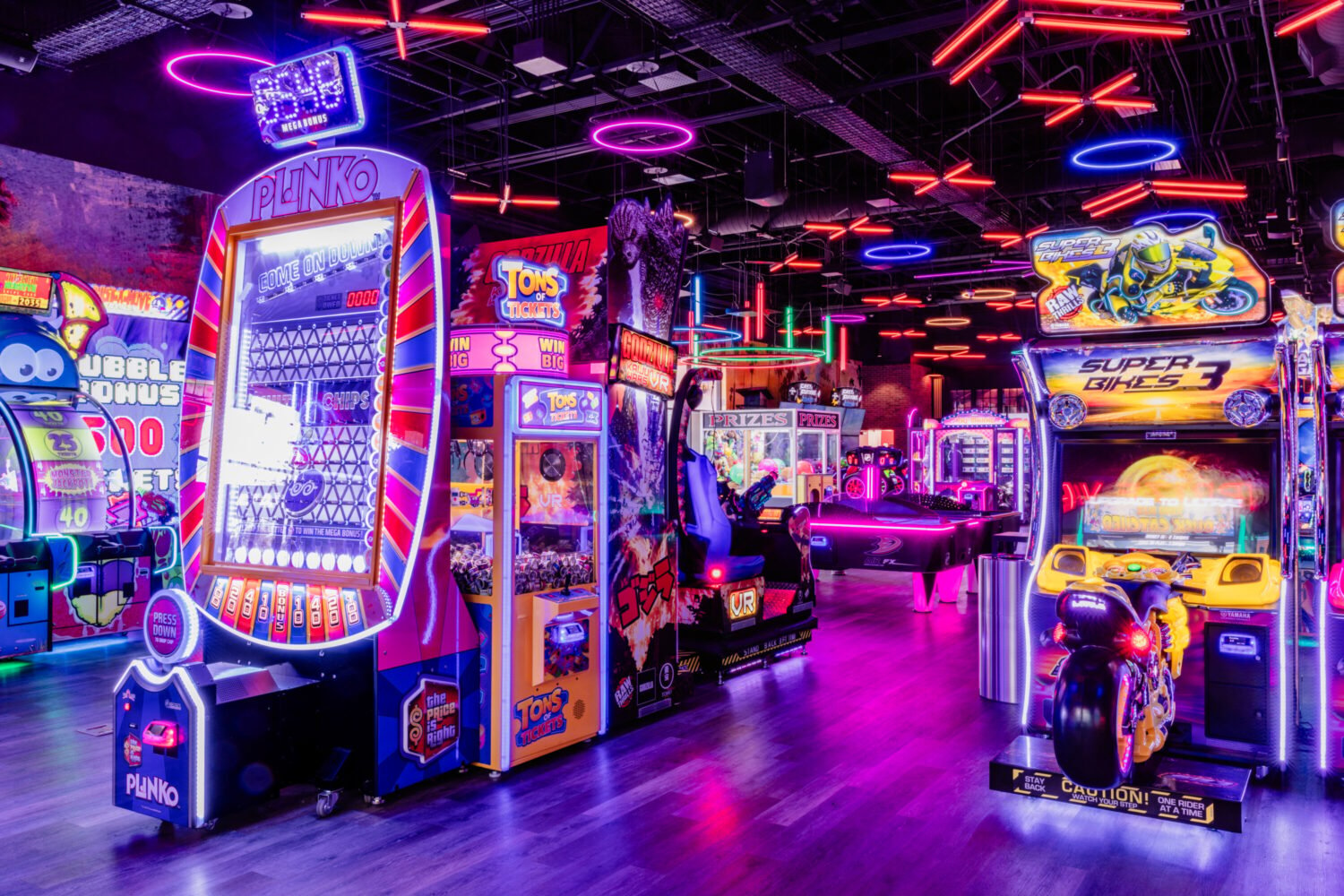Milon Townsend
The Glass Dragon
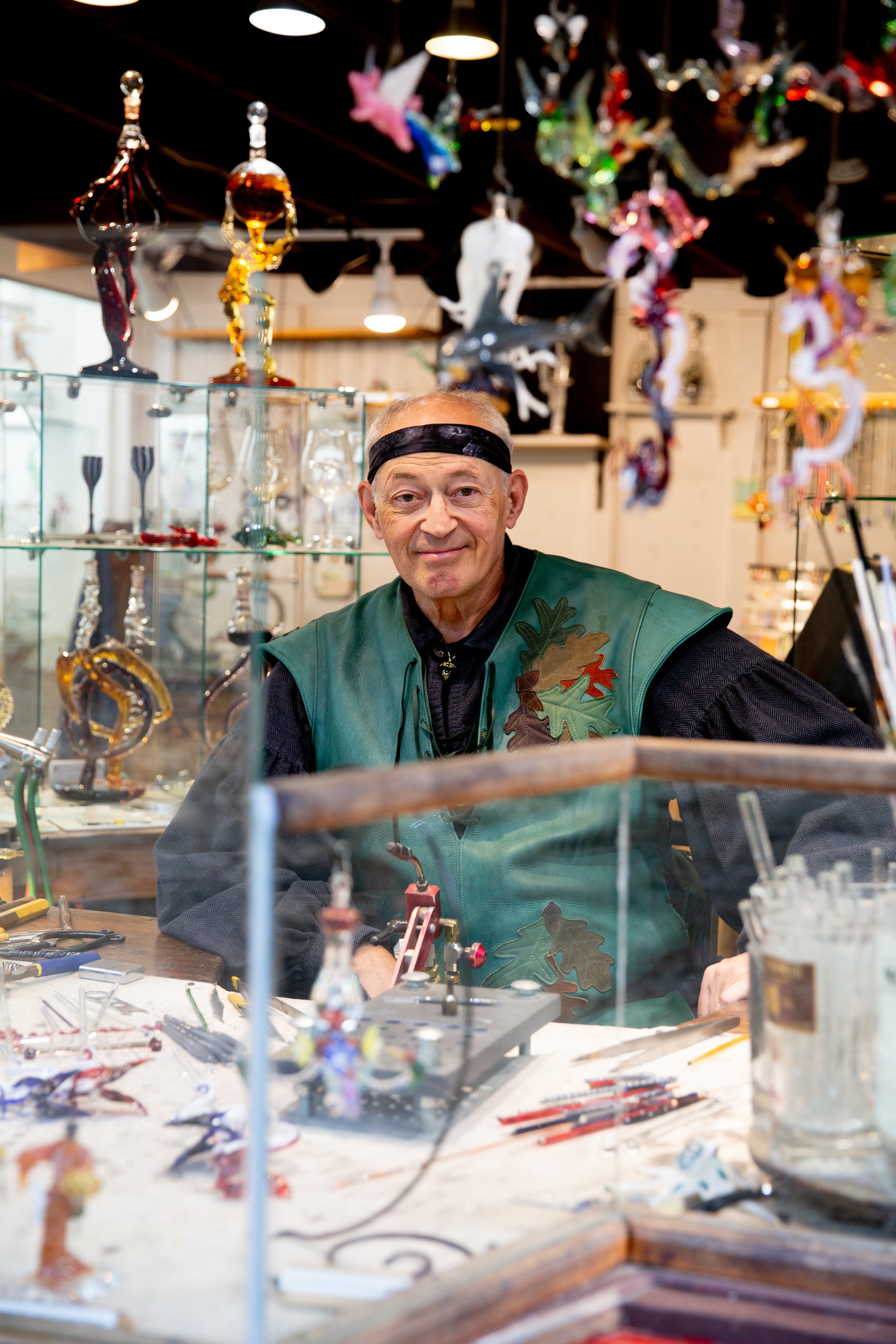
Origin story: The instant he saw a high school physics teacher bend a glass tube with a torch, Milon Townsend was hooked. That same day he says he “borrowed” a torch and some glass from the school’s lab. He’s been bending glass since that day, more than 50 years ago.
What is your approach to glass blowing? “The balance between large mass and small detail is key,” Townsend says. “I try to create the illusion of looking at a large thing from a distance, even if it’s just a small piece right in front of your face.”
What makes glass fun to work with? “One word: Curvilinearity.” The way the glass flows when it’s hot has a beautiful graceful line, he says, which really lends itself to making aquatic creatures like jellyfish or octopi. Townsend also believes that creating things by hand is an important part of being a human.
Advice from a glassblower: “There are no shortcuts to skill. Whether or not you’re born with talent, you need to continuously apply the seat of your pants to the chair to develop a skill.”
Leslie Harris
Noblesse Oblige Costumes
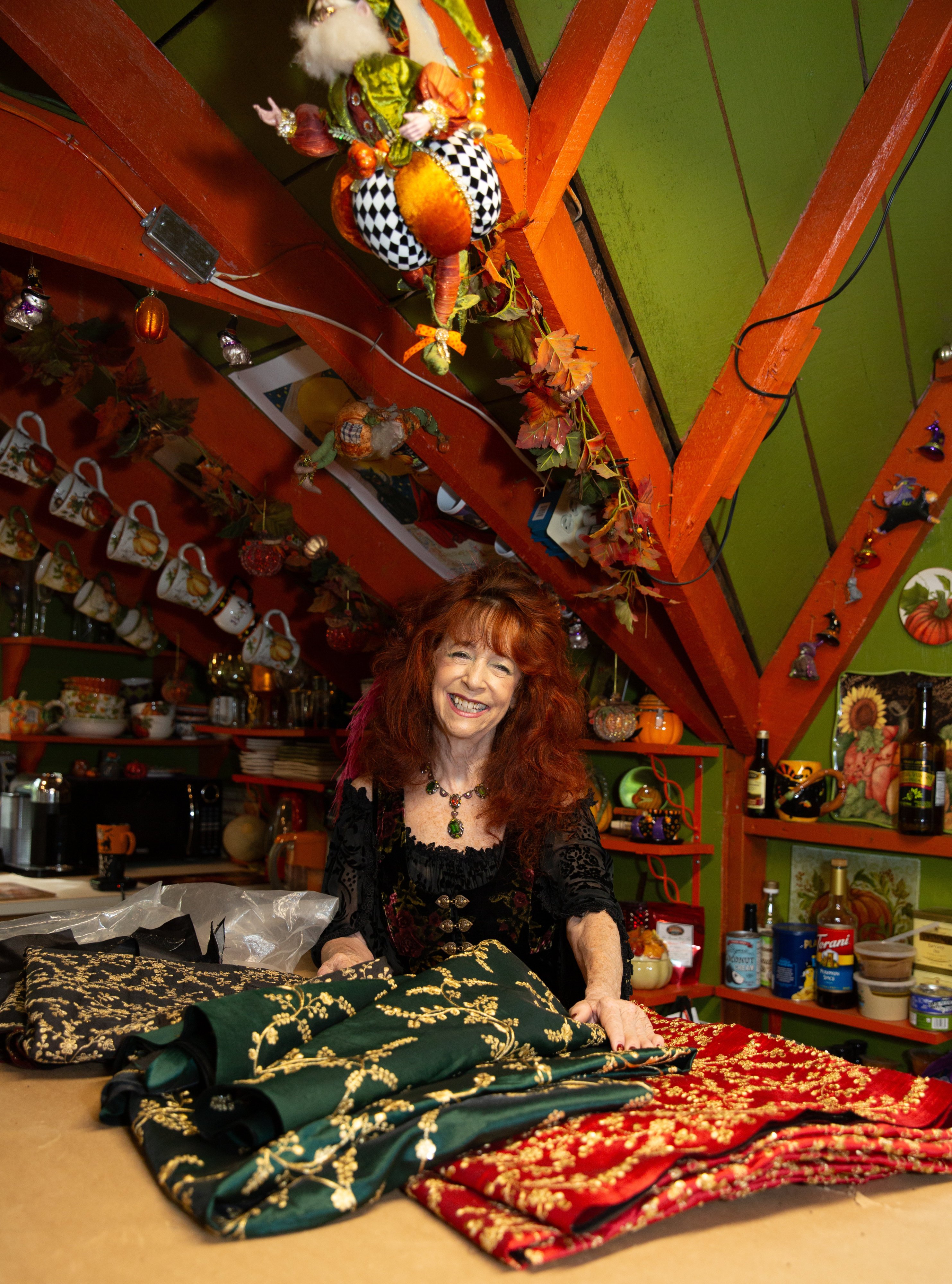
Origin story: Leslie Harris can’t remember a time that she didn’t sew. Taught by her grandmothers and mother when she was 8 years old, Harris recalls winning a show-and-tell contest at school with a custom-made Snow White dress.
What she sells at Noblesse Oblige: Harris specializes in “couture royalty costumes” for the elevated renaissance festival-goer. All her garments are hand-sewn, and her silk embroidered “Esmerelda” dress is especially popular.
Why is creating important to you?
“I know it will never bring me wealth, but I don’t know if I could survive without being able to create. I think it’s good for the soul.”
Tommy Carroll
Mountain Rain Studio
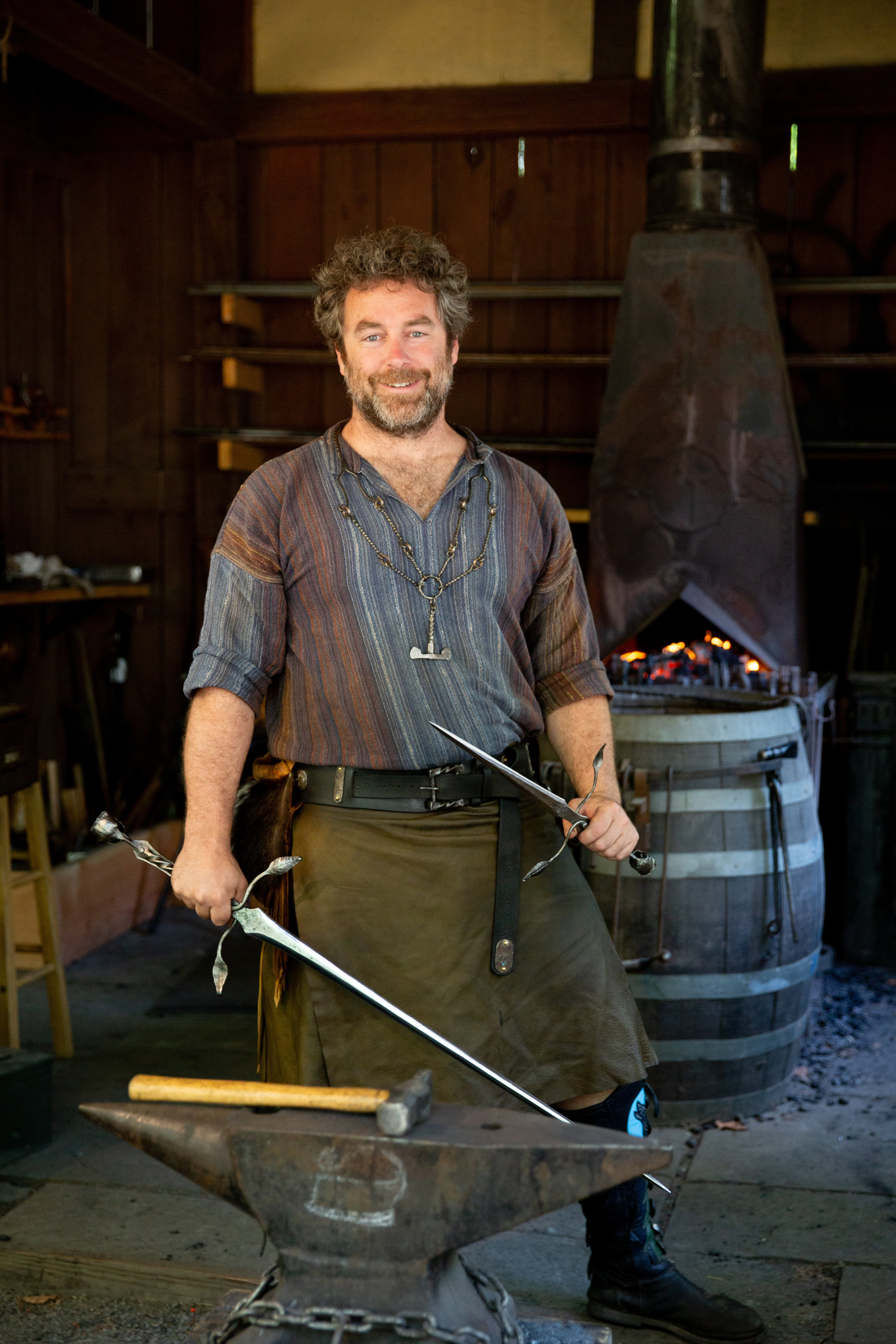
Origin story: As a kid, Tommy Carroll made his own wooden swords, then took a bladesmithing class when he turned 18. When a class assignment had him write a letter to his dream employer, he chose local artisan William Lloyd—who took Carroll up as an apprentice.
What he sells at Mountain Rain Studio: Carroll sells a lot of custom-made jewelry along with stiletto daggers, a speciality. He also sells swords of various sizes, some with handles carved from animal bone.
A piece he’s especially proud of: A Damascus steel Viking sword with a bone handle crossguard, set with amber and other stones. A hand-carved dragon theme ties the piece together.
Best and worst parts of working with bone: “As a material, bone is way easier to carve than wood, so it allows very detailed designs. But if you burn the bone it can really stink something awful.”
Advice from a blacksmith: “Work with what you have. You don’t need the best equipment, you don’t need the perfect tool, you just have to start.”
Stephen Bennett
The China Shop
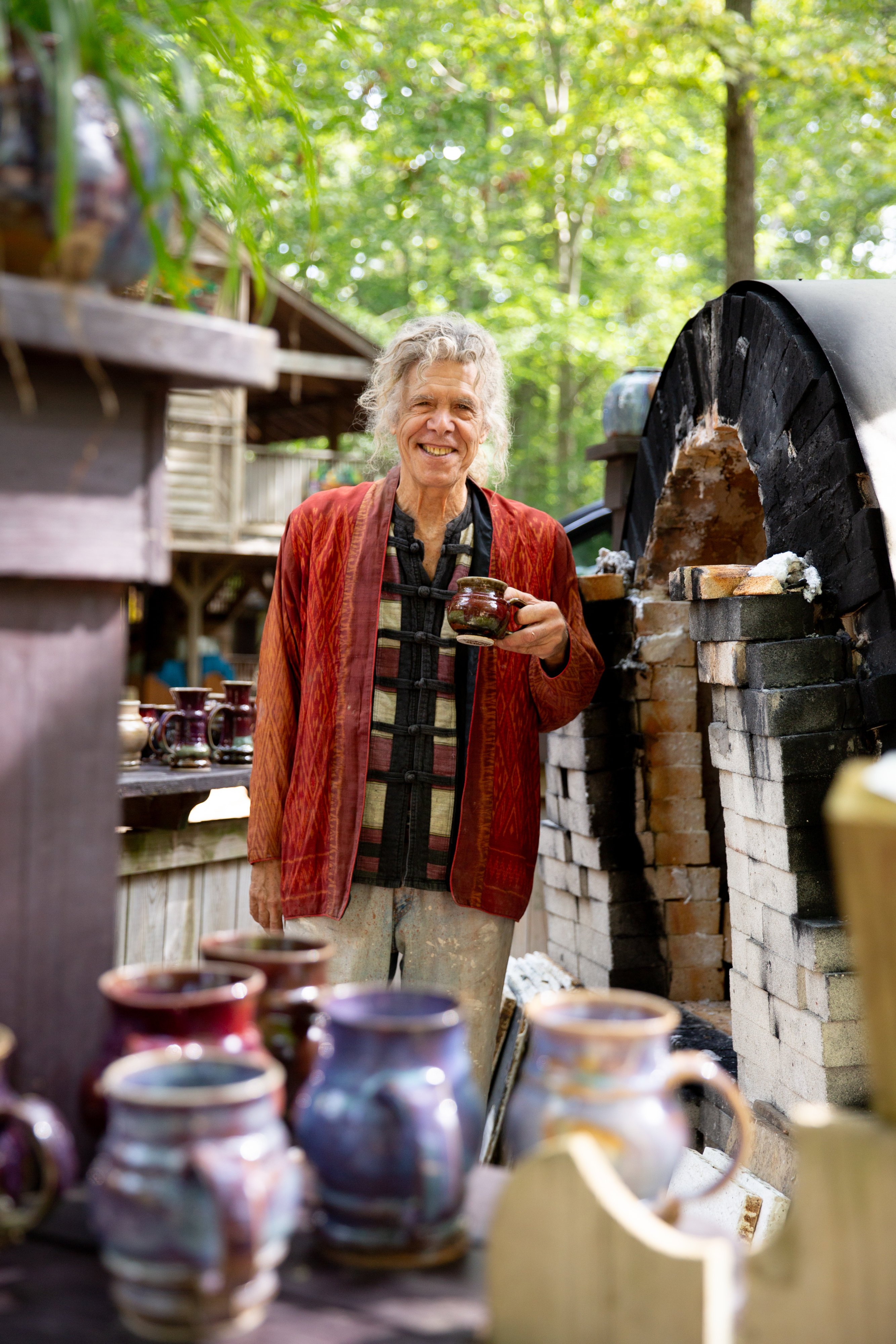
Origin story: Stephen Bennett’s background was actually in science, but he later found creative pursuits to be much more fulfilling. Even though his very first attempt at making a pot saw the clay fly off the pottery wheel and into the wall of a garage, he’s been working clay for over 50 years.
What he sells: Bennett’s pottery includes vases, coffee mugs, oil lamps, and corked bottles fillable with things such as lotion.
What do you think about when you throw clay? “Shapes can affect people, and certain styles of pottery are like musical chords. Color is important too—a good piece should add to the energy of a room, not just take up space.”
David Spurlock
The Brass Dragon
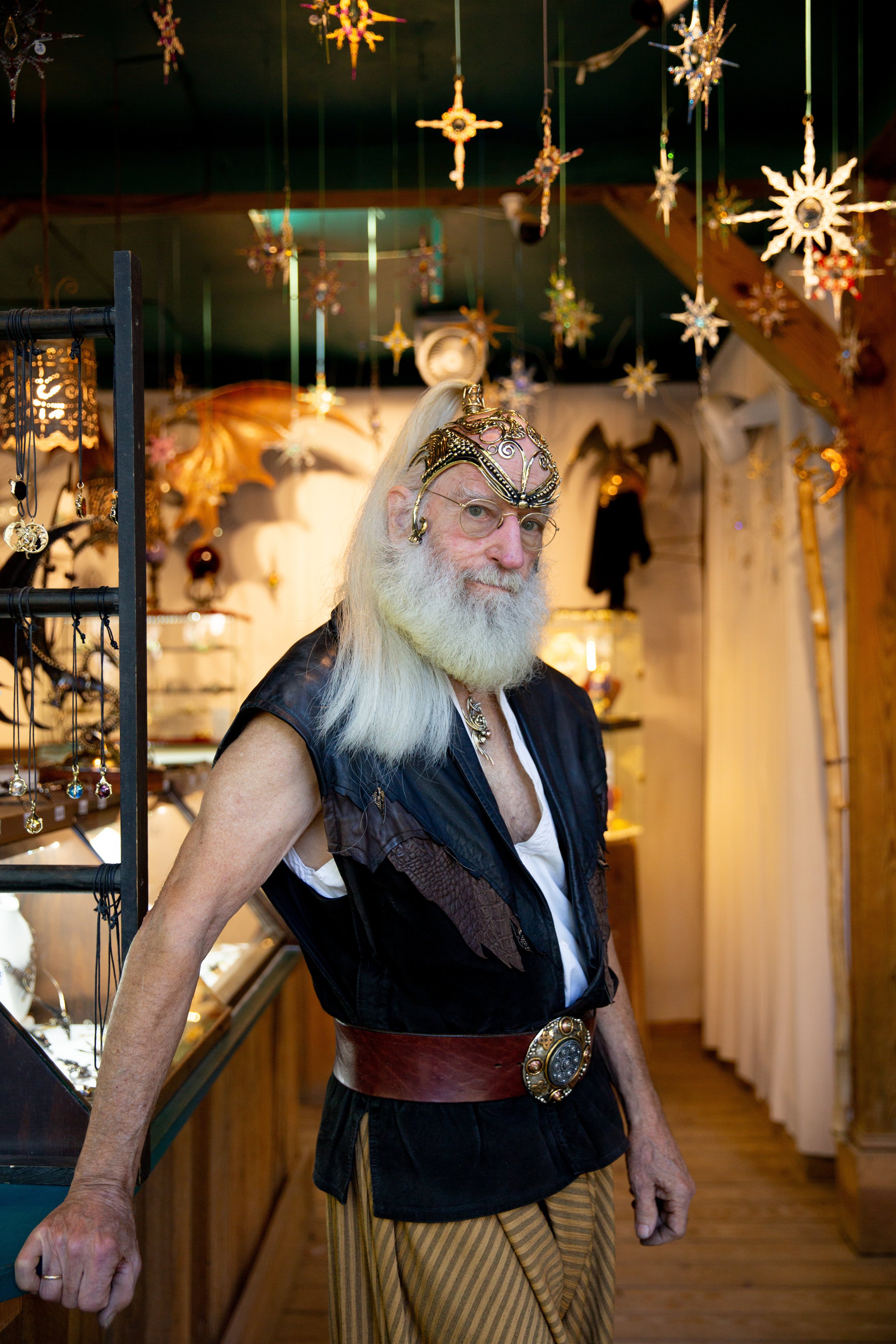
Origin story: While working as a mechanic, David Spurlock started playing around with the welder and ended up making a spider-like bracelet. When people wanted to buy his trinkets, he quit his job and began “spreading spiders through the land” like a bronze-loving Johnny Appleseed.
What he sells at the Brass Dragon: No surprise, dragons made of brass. Spurlock also offers all manner of metal sculptures, from decorative statues to intricate jewelry with fantasy motifs.
Why use bronze? “The pure creative energy that comes from working with metal is freeing,” Spurlock says, “and since bronze is relatively inexpensive, it allows for mistakes—an essential part of creativity.”
Impact of craftsmanship: In a culture of rampant tech advancements and overconsumption, Spurlock feared there wouldn’t be room for him. Having seen how people value the custom work he does, especially when he custom-fits the jewelry to his customers, has changed his outlook.
Keeping the flame alive: Spurlock says he’s one of the very few who use the rare “bronze-flowing” technique, which involves melting the metal to a liquid state and directing its flow. When he finally steps away from the torch, he doesn’t want his knowledge to disappear, so he has begun training apprentices Brianna Towler and Magdalena Papaioannou. The latter of the two, full disclosure, is an associate photo editor at Washingtonian and took the photos for this article.

